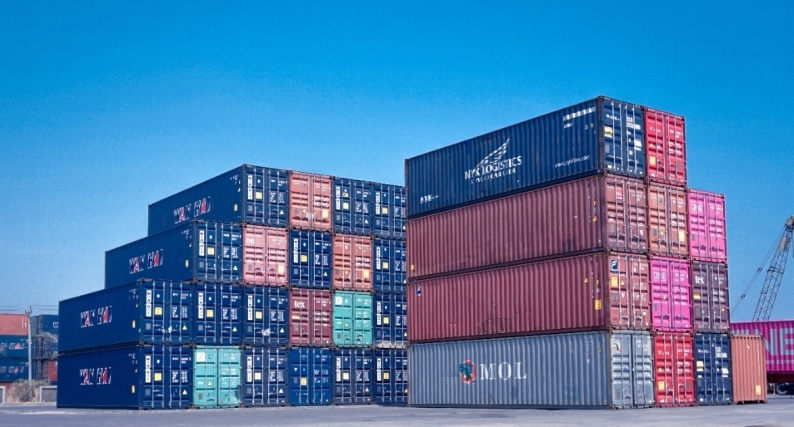China lockdowns to hurt supply chains more than #russiaukraine crisis
Lockdowns in 19 provinces (Shanghai, Guangzhou..) as of Sunday, will restrict container movement at these ports heavily.

Two weeks since start of #russiaukraineconflict, there seems to be negligible impact on container prices and leasing rates in China," according to latest update from Container xChange. Photo: Tri Eptaroka Mardiana on Unsplash
The announcement of nationwide lockdowns in China is pushing supply chains to prepare for another round of turmoil in the coming months, impacting the flow of container movement as importers worldwide prepare for the coming peak season later this year.
Two weeks since the start of the #russiaukraineconflict, "there seems to be negligible impact on container prices and leasing rates in China," according to the latest update from Container xChange, the global neutral marketplace for container leasing and trading.
"Container availability has improved soon after the Chinese New Year until Friday across key ports in China. At the port of Ningbo, the average price for a 40-feet high cube container dropped from $5,930 on February 14 to $5,248 on March 10. Similarly, average prices fell 10-15 percent at Shanghai, Qingdao and Shenzhen. Shenzhen has witnessed a drop of 8 percent in the past two weeks."
Lockdowns in Shenzhen, Zhejiang, Shanghai, Jilin, Suzhou, Guangzhou and Beijing (19 provinces, as of Sunday, probably more to come in a few days) will restrict container movement at these ports heavily, which will, as we have seen in the past, prove to be further damaging for the global supply chains, the report added. "Clearly, 2022 has not brought any cheer to the supply chain industry. On top of this, war will just prove to be another disruption amongst the other innumerable factors for China's supply chain."
Dr Johannes Schlingmeier, co-founder and CEO, Container xChange
Freight rates and container prices were already at a record high even before the invasion started and what happened immediately due to the war is that the Russian ports were not being called by the national shipping lines anymore, the Black Sea being somehow closed and the Asia European railway being quite hit by this," says Dr Johannes Schlingmeier, co-founder and CEO, Container xChange.
"The immediate impact of this on the overall supply chain has not started to show up. Not ignoring the fact that the Russian importance on global trade is not big enough for the containerised cargo to really disrupt the supply chains. We see on the other side, the container prices at record highs, containers piling up and a massive shortage as well. This is a result of many more other disruptions over the past two years since the pandemic started. Lockdowns in China will further reduce capacity and cause a surge in already inflated shipping prices. The shockwaves will be felt across the U.S. and almost everywhere in the world."
The closure of the Asia-European railway (which accounts for roughly 2.5 percent of Asia-Europe cargo) will cause high-value cargo to be pushed to ocean freight, which is already low in capacity. This will put more pressure on the already struggling supply chain. China's lockdowns will be nothing less than a major shockwave to an already crippled supply chain, the report said.
Inbound containers in China rise, expected to increase further due to lockdowns
The CAx (Container availability index) for two of China's major ports (Shanghai and Ningbo) is expected to increase further at a rather fast pace from around the 0.6 mark in the second week of March, meaning more inbound containers than outbound containers are being seen at these ports. "It is unusual for these Asian behemoths that normally exports more than it imports – exhibiting the persisting bottlenecks of its trade routes and the bottlenecks that will inevitably emerge from these lockdowns."


